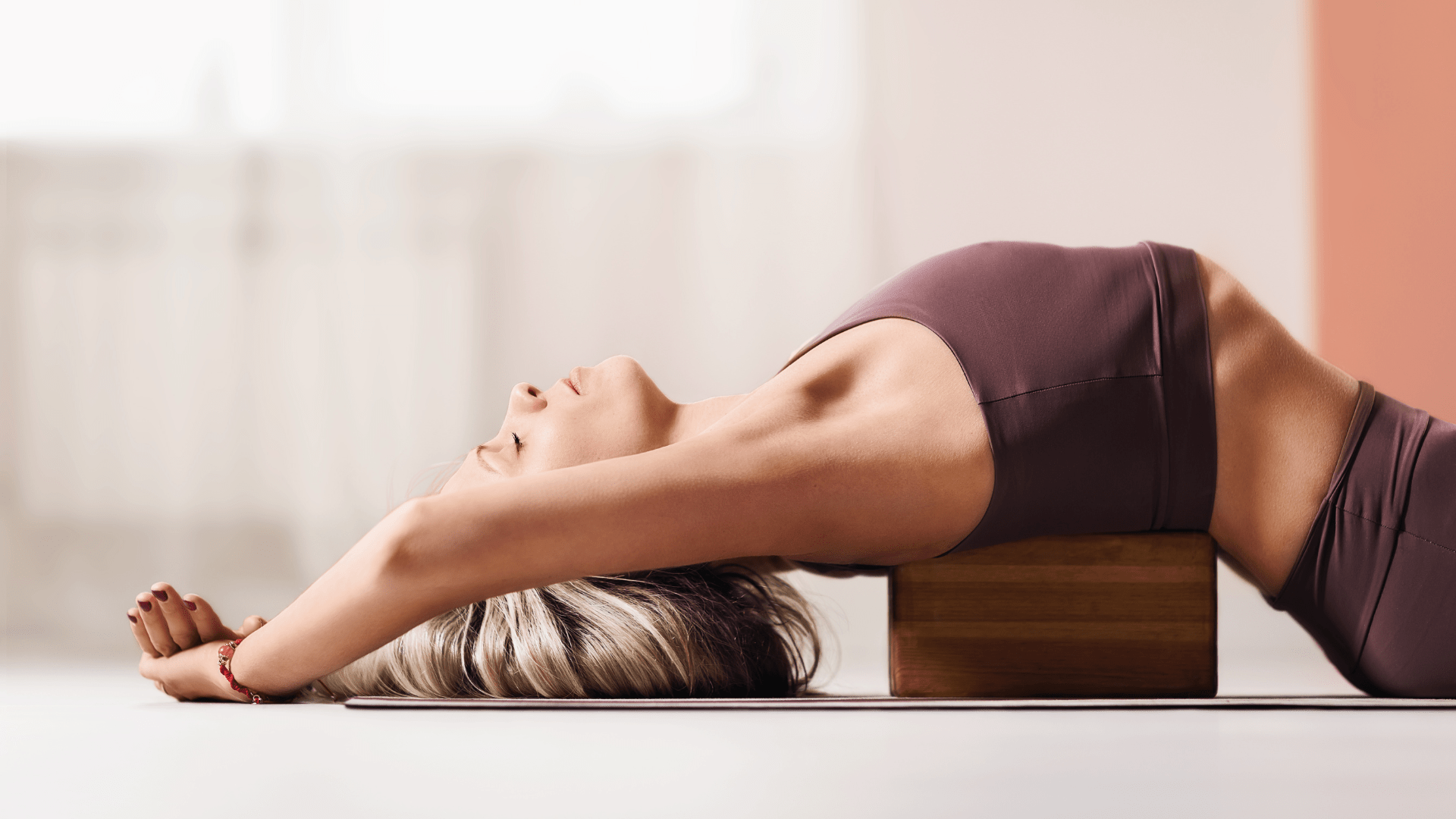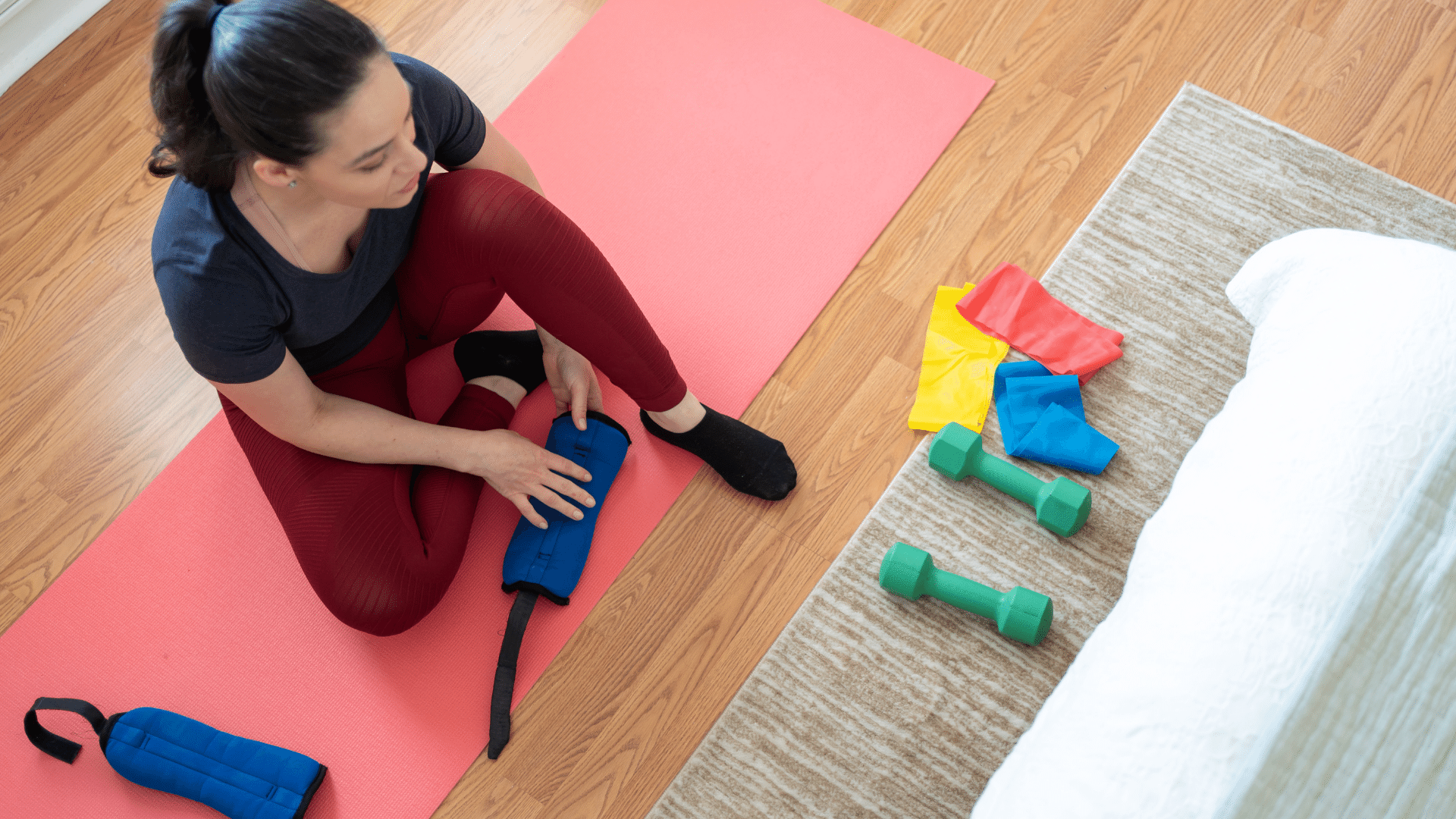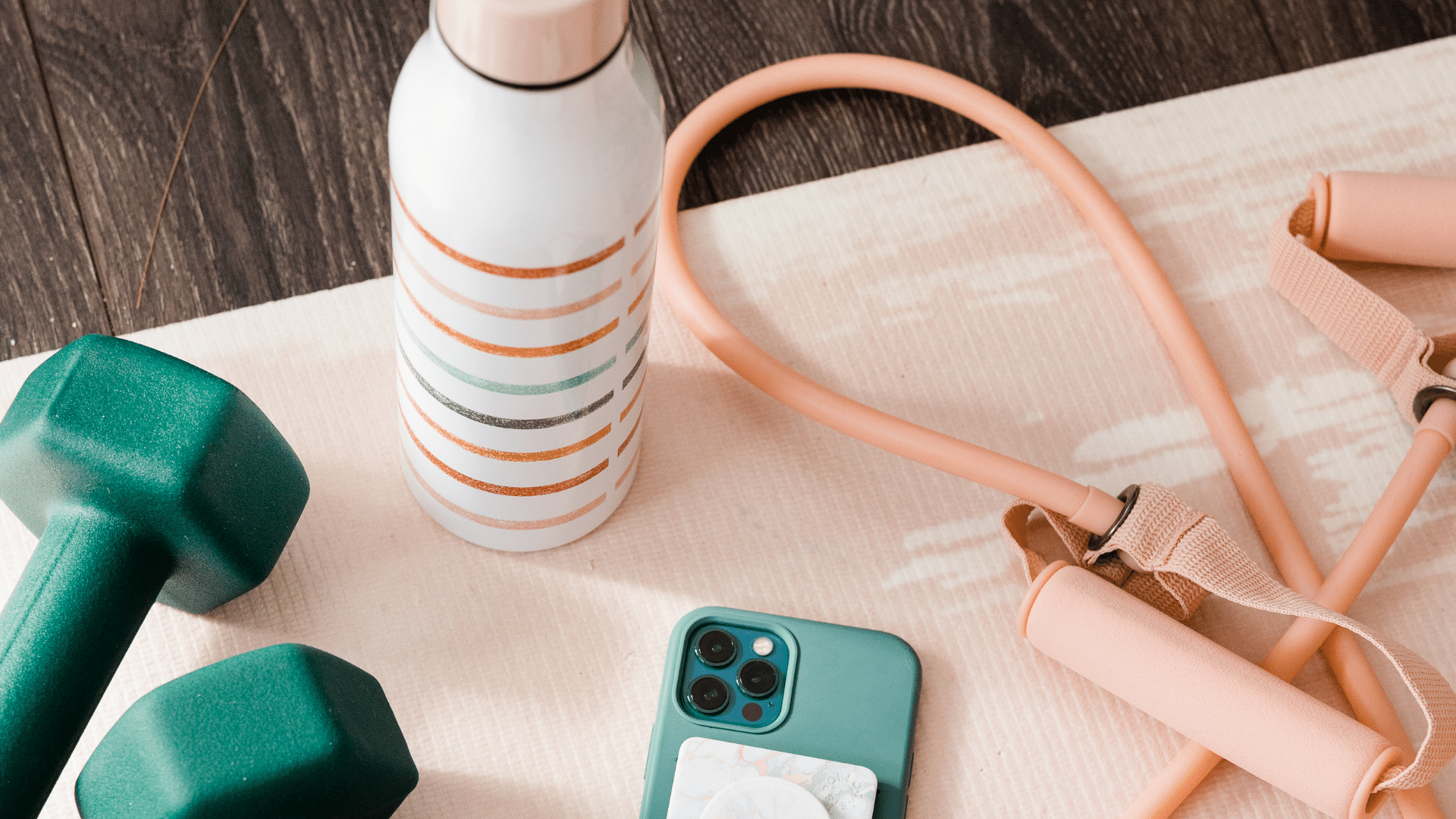A person's posture can have an impact on their health and well-being. Regular exercise to improve posture lowers the chance of back discomfort and other issues.
More than only self-confidence can be boosted by good posture. It also has long-term health benefits, including lessened back pain, reduced chance of injury, less strain on the muscles and joints, better circulation, digestion, breathing, and flexibility.
People may become more conscious of their bodies as they work on having better posture. You may become more aware of muscle tension and become more sensitive to misalignments. The body will automatically fix poor posture over time.
In this article, we will explore useful exercises to improve posture as well as other helpful tips.
Good Posture Defined
Posture refers to how you sit or stand. A good posture places the body correctly and ensures that your weight is evenly distributed. This indicates that the bones, muscles, and ligaments are not strained or stretched.
Proper posture ensures that your spine has three curvature. It also maintains the strength and balance of the muscles on each side of the spine. It will help you avoid back pain and may make you more mobile and less weary.
You can maintain proper posture while sitting or standing. Make an effort to relax and breathe normally.
Good standing posture does not imply stiffness or rigidity. You should have a loose and flexible stance with your:
- straight back
- head up, chin in, and straight ahead
- shoulder blades were relaxed
- stomach in
- weight evenly distributed on your two feet
- straightening the knees
Your back should be against the back of the chair when sitting. With your feet on the floor, your knees should form a straight angle. It's critical not to cross your legs.
Good posture will help you avoid discomforts like muscle, upper back, and neck pain.
Factors Contributing to Poor Posture
Conditions that damage one or more of the body's supporting structures can also result in posture problems. Your spine, hips, shoulders, back, and abdominal wall muscles are a few of these.
In some situations, people are born with genetic abnormalities that influence the form of their spine and hips. From birth, this can have an impact on posture, but it can be controlled to lessen the negative impact on posture over time.
Injuries from sports or other activities, on the other hand, might impact your posture as the body guards itself from further injury, such as hobbling when you hurt your foot. Because of the work we do or other everyday activities that result in the overuse of certain parts of our bodies, our posture frequently changes.
Underuse might also be an issue. Weak muscles on either side of the spine, for example, can impair our capacity to maintain good posture. The same is true for the muscles in our abdominal wall.
Many people experience weakening or tightness in their muscles and ligaments after spending many hours of sitting time all day. Additionally, this may lead to poor posture.
General Tips for Posture Correction
The National Institutes of Health (NIH) recommends the following general tips to improve posture:
- Maintain proper posture while walking, watching television, or doing household duties.
- Straightening your spine, lowering your shoulders to their natural resting posture, and gradually contracting your stomach muscles are all examples of this.
- Simple head movements can assist in loosening stiff neck muscles. Make little circles with your head, or move it from front to back and side to side.
- Maintain your fitness by engaging in regular activity, such as aerobic, strength training, or stretching.
- Engaging in even a half hour of low-impact exercise daily will improve your general health and keep your body flexible and energetic.
- Gentle workouts, such as yoga and Pilates, help to strengthen the back and stomach support strong muscles.
- Concentrate on strengthening your core muscles (torso and pelvis). Spend 10 minutes each day completing simple stretching exercise.
- Once a day, lie flat on the ground for two to three minutes. Relax while following exercises without any cushions or support. This will allow your body to return to its natural resting position.
- Maintain a healthy weight since excess weight weakens the abdominal muscles and puts strain on the joints and ligaments.
- Wear comfortable, low-heeled shoes with arch support to have the weight balanced evenly. High-heeled shoes shift a person's center of gravity, putting additional strain on the leg muscles and joints.
- When working or dining, place desks and tables at the proper height.
- Lift with your hips, knees, and thighs rather than your back.
Improving Your Posture While Seated
People who sit for extended periods of time hunch in their chairs. Sitting for long periods of time is unavoidable, but maintaining good posture is possible.
Slouching occurs when the shoulder blades droop forward and the head tilts forward. This position causes a severe bend in the spine, putting strain on the neck and compressing the lungs. People that slouch while standing may also appear smaller.
To correct posture, bring your shoulders back and maintain your head erect and in line with your spine.
Here are a few other tips to enhance your posture when seated:
- Switch sitting positions frequently.
- Crossing your legs or ankles should be avoided.
- Rest your forearms and elbows on a desk or table to keep your shoulders relaxed.
- Instead of twisting at the waist, turn your entire body.
- Get up regularly.
- Take brief strolls.
Effective Posture-Improving Exercises
According to the American Chiropractic Association, maintaining better posture necessitates optimal muscle strength, joint motion, and balance.
The exercises that follow are designed to improve posture by building muscle strength and flexibility.
Bridges
Bridges serve to strengthen the gluteal and abdominal muscles, reducing tension in the lower back.
To do a bridge:
- Lie on your back, legs bent, feet flat on the floor.
- Engage your core and buttocks muscles to lift your hips. The buttocks and lower back should be lifted off the floor.
- Gently return to the starting position.
Plank
The plank pose improves posture while strengthening the shoulders, back, core, hamstrings, and glutes. It also promotes good spinal alignment.
In order to plank:
- Kneel on your hands and knees. Check that your hands are aligned with your shoulders and your knees are aligned with your hips.
- Lift your heels and straighten your legs to go onto the balls of your feet. A straight line should be formed by the body.
- Maintain an open chest and back shoulders.
- Maintain this posture for 30-60 seconds.
Hip Flexor Stretch
This stretch gently expands the hips while improving balance and coordination, which can aid with posture improvement.
To stretch your hip flexors, perform the following:
- Kneel on the ground with your right knee.
- Place your left foot in front of you and bend your knee to 90 degrees.
- Maintain a straight back, a forward chest, and an upright head.
- Put both of your hands on your left thigh.
- Gently push your hips forward and hold for 20-30 seconds.
- Rep this stretch on the opposite side.
Mountain Position
Tadasana, or Mountain Pose, is a basic yoga posture that can aid with posture. Mountain Pose emphasizes upright body alignment and integrates several facets of healthy posture.
To perform the mountain pose:
- Stand tall with your feet hip width apart.
- Make sure your weight is distributed evenly between both feet. Gently rock forward and backward to feel how weight distribution affects posture.
- Maintain your knees bent, clench your thighs, and lower your tailbone.
- Drop your shoulders down and back, bringing your chest lean forward.
- Maintain a comfortable posture and let your arms to fall to your sides, palms facing forward.
- Slowly inhale and exhale for a few breaths.
Child's Pose
This yoga stance expands the hips and lengthens the lower back. Child's Pose can be used as a resting position during yoga or other forms of exercise, as well as as part of a daily stretching regimen.
To perform the child's pose:
- Kneel on your hands and knees.
- Lean back gently, maintaining your hands in the same posture.
- Continue to lean back until your brow meets the floor.
- Your arms should be straight and your buttocks should be supported by your heels.
- Maintain straight arms and relaxed shoulders.
This pose can be made more comfortable by placing a mat or towel on the floor.
Furthermore, if you have trouble improving your posture on your own, getting the advice of a specialist, such as a physical therapist, can also provide you the direction you require to enhance your posture over time.
Your physical therapist can help relieve pain by treating underlying issues. They can also provide you individualized therapy programs to assist you in improving bad posture.







